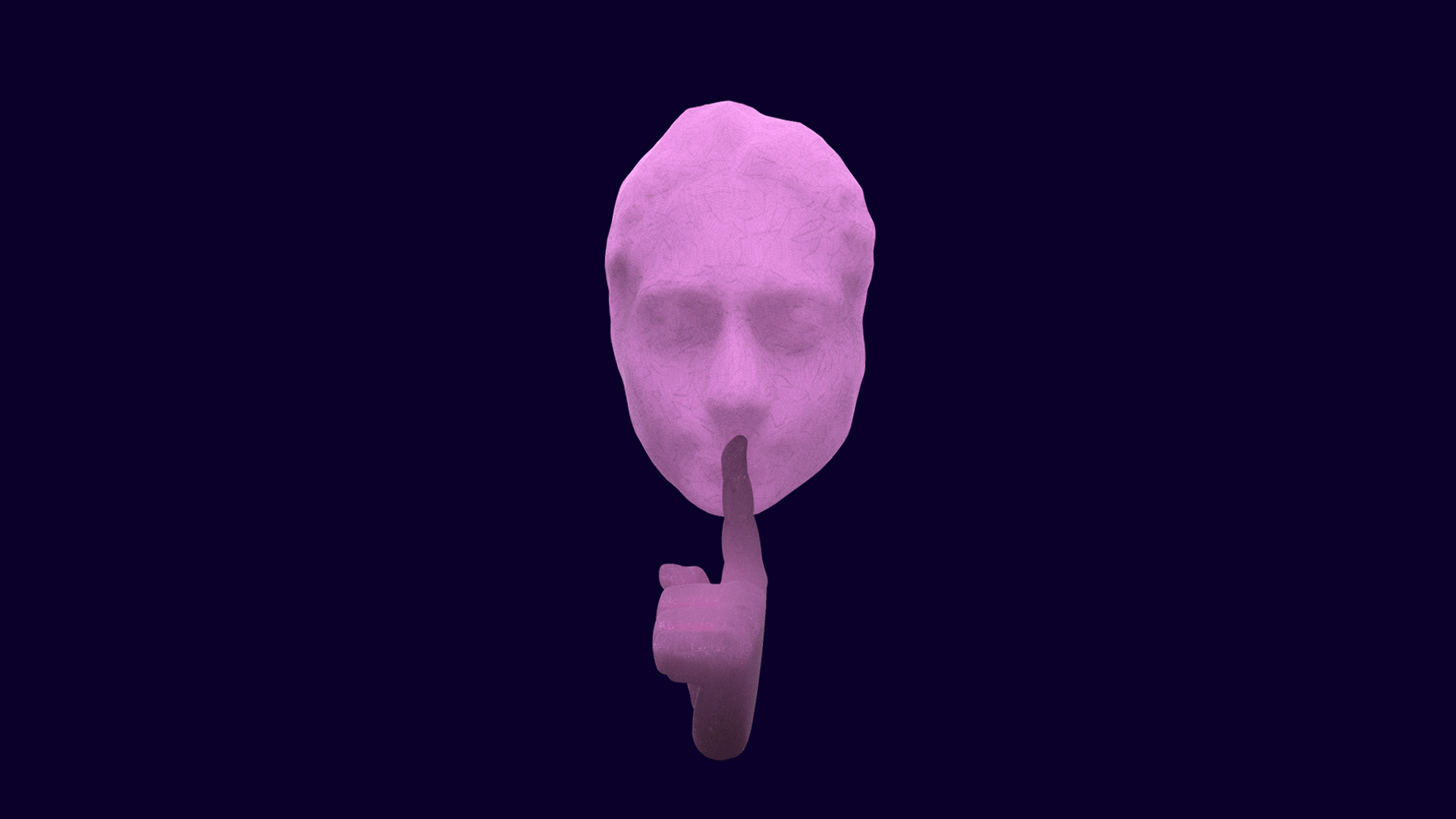Shhh
What could be the modern visual interpretation of the ancient transcendental meditative state? A project that begins with researching the significant visual connotations of meditation in the past and ends in an attempted creation of a new one. A 3000 year long visual journey from a sacred tradition to a mainstream health exercise.
Probably the very first visual clue of meditation was found on a carved seal - on it a yogi sitting in meditation pose - dating back to the Bronze Age (c. 2600 BCE). (s) Around 800-500 BCE the Upanishads eventually got to written form, popularising meditative practices across India. (s) The teachings began spreading through the silk road around the 5th century BCE. Across Asia, early Buddhism among others like Taoism, Hinduism, Jainism - developed their own form of meditation and iconised the meditating Buddha figure, that spread through the continent.
It reached the West by the 3rd century BCE via greek philosophers whom developed practices such as the naval gazing or the omphaloskepsis. (s) After the 4th century AD, when Christianity started to dominate, contemplative traditions were cut in Europe for many centuries. However, contemplative prayers and other forms of Christian meditations did appear, like the Jesus prayer or the Lectio Divina (divine reading). (s)
Shiva Pashupati, Indus Valley civilisation, c. 2600 BCE


Buddha in Meditation, late 6th -mid 7th century

Omphaloskepsis, 2nd century

Triptych with the Annunciation, known as the Merode Altarpiece, Robert Campin, 1428

The Virgin Mary Praying, unknown, 19th century

Te Monk, Henri Matisse, 1903
The Mocking of Christ, Fra Angelico, 1439-43 (section)

During the 17th century the most important texts of Eastern philosophy got translated onto European languages and through the 19th century the transcendentalism/ romantic movement became widely popular throughout the West. (s)
By the 20th century, the intensified attention was followed by the migration of several Indian spiritual yogis - starting with Swami Vivekananda in 1893, followed by many such as Yogananda Osho and Swami Rama - to the USA. (s) A new era has began when yogic talents were undertaken by scientific researches, triggering interest for the next decades by continual probing the effectiveness of meditation on the body. In the 21st century it became a mainstream secular practice, validating several health benefits. As a result, today meditation is no longer considered just as a religious practice. (s)

Psychedelic meditation, unknown
%20studied%20by%20Prof_%20Richard%20J_%20Davidson%2C%202016.jpeg)
Yongey Mingyur Rinpoche (Tibetian Buddhist) studied by Prof. Richard J. Davidson, 2016

Maharishi Mahesh Yogi, Life Magazine, 1968
By using modern 3D scanning technology, I created a mask from a scanned face, in attempt to symbolise the viewer. The pointing finger is held to the lip, asking to be silent. The closed eyes - as in Buddhist sculptures - represent the internal gazing. The mask itself - reminiscent of greek sculptures, in pompous pink colour - is positioned further away in a dark, void space, visualising that the body is fading away with the outer world as the mediation is getting deeper.
Thus a new visual composition is aimed to redress an old religious imagery, wanting to reach a new generation with the same 3000 year-old information.

Osho with Rajneeshes, Rajneeshpuram


Shhh poster, original artwork, 2018
